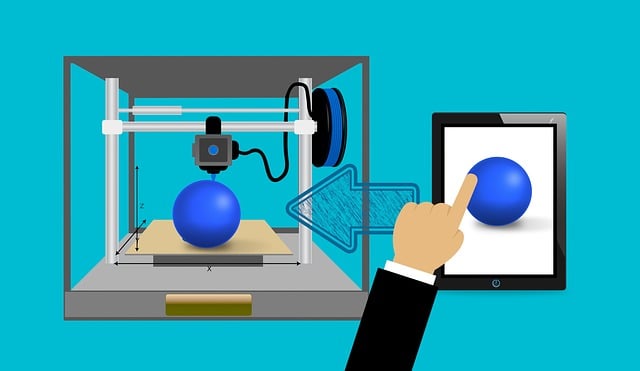Chapter 3 Linear Programming
Introduction to Linear Programming

A company produces a basic and premium version of its product. The basic version requires 20 minutes of assembly and 15 minutes of painting. The premium version requires 30 minutes of assembly and 30 minutes of painting. If the company has staffing for 3,900 minutes of assembly and 3,300 minutes of painting each week, how many items can they produce within the limits of their staffing?
Notice this problem is different than the question we asked in the first section, since we are no longer concerned about fully utilizing staffing; we are only interested in what is possible. Just as we created equations in the first section, we can now create inequalities, since we know the hours used in production need to be less than or equal to the hours available. This leads to two inequalities that we can graph to find the solution. In the solution set, we can see the solution to the system of equations. The solution set shows that if the company is willing to not fully utilize the staffing, there are many other possible combinations of products they could produce.
The techniques we will use in this chapter are key to a branch of mathematics called linear programming, which is used extensively in business.
Media Attributions
- Printer 3D Technology royalty-free stock illustration. © Pixabay is licensed under a CC0 (Creative Commons Zero) license

